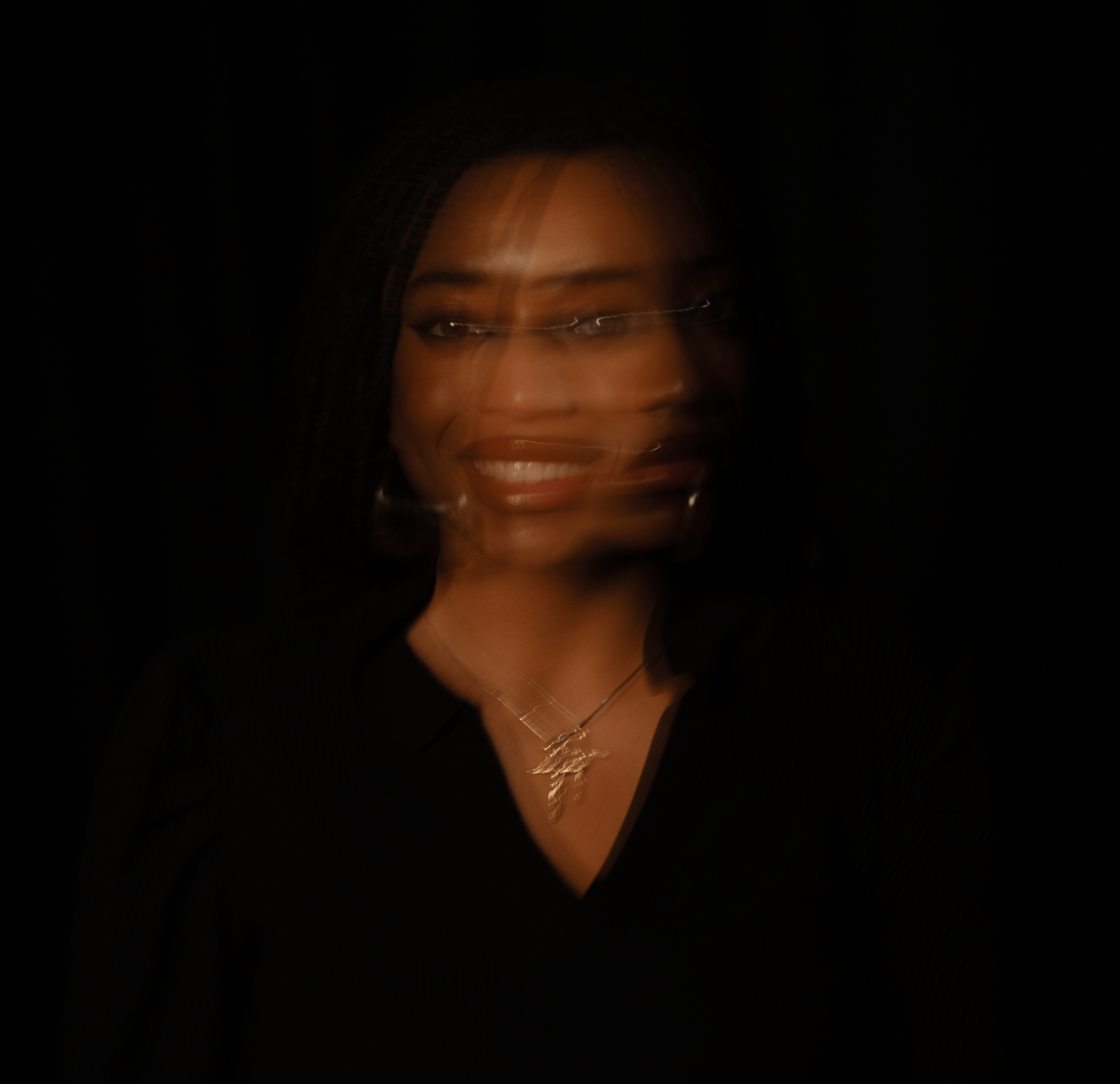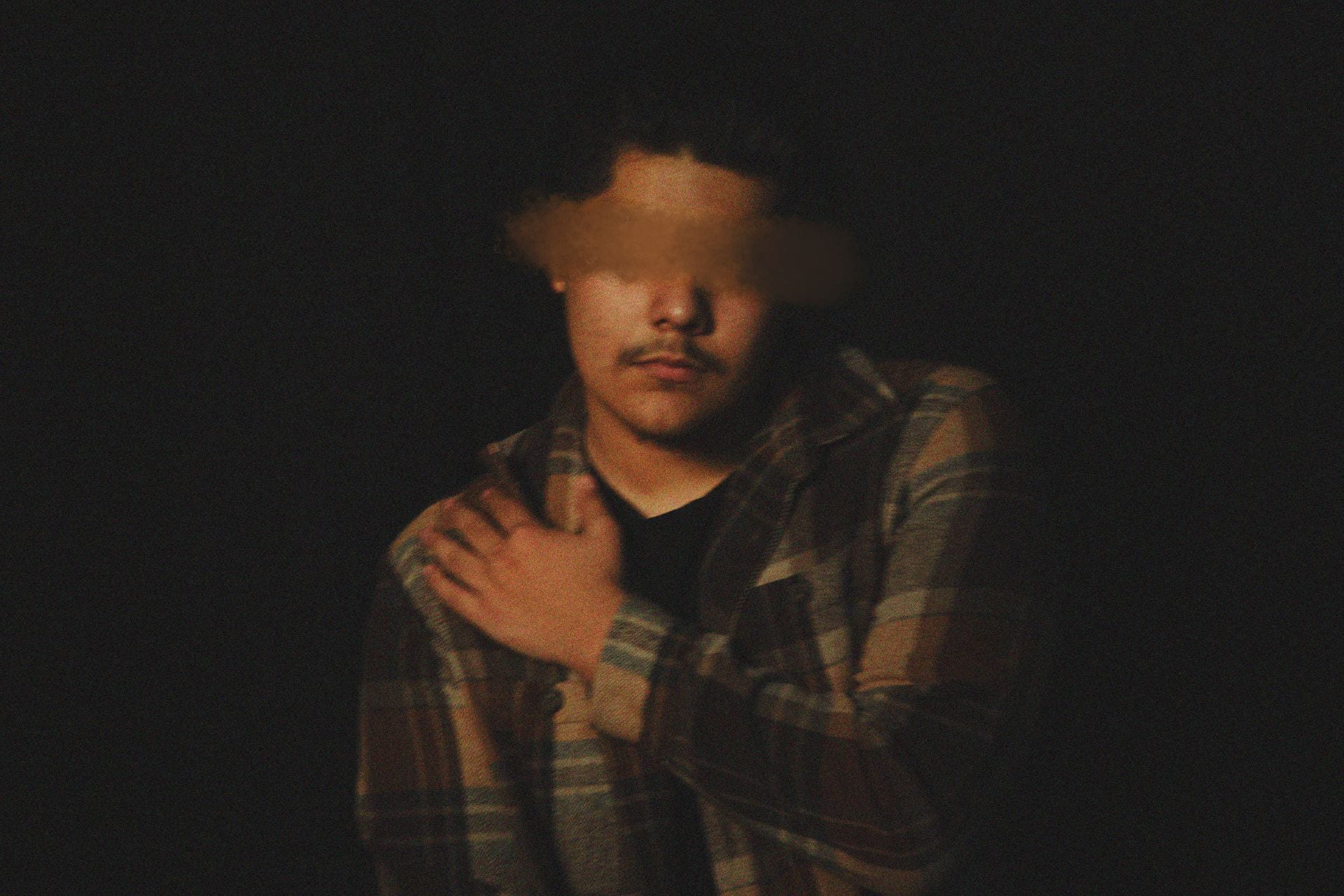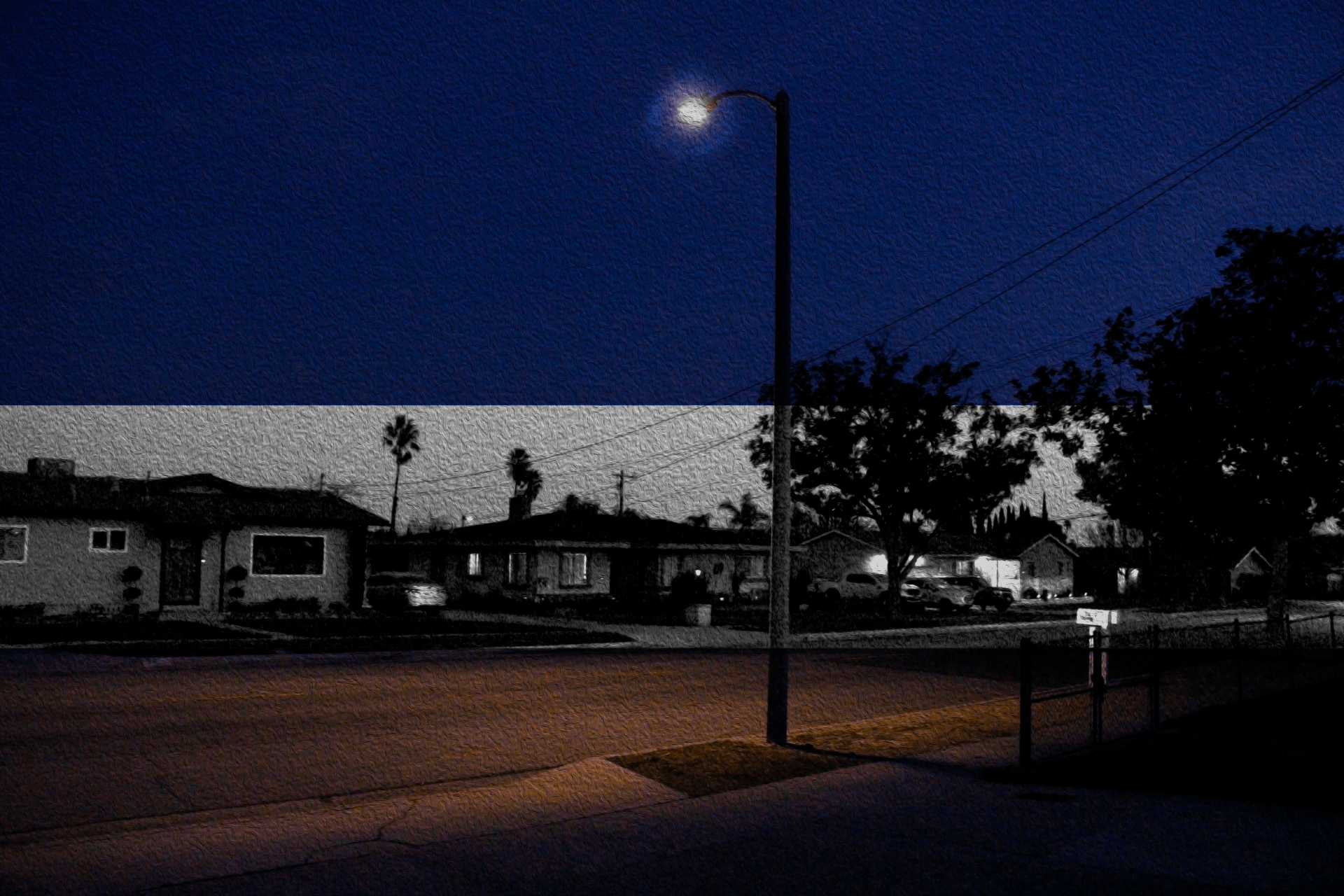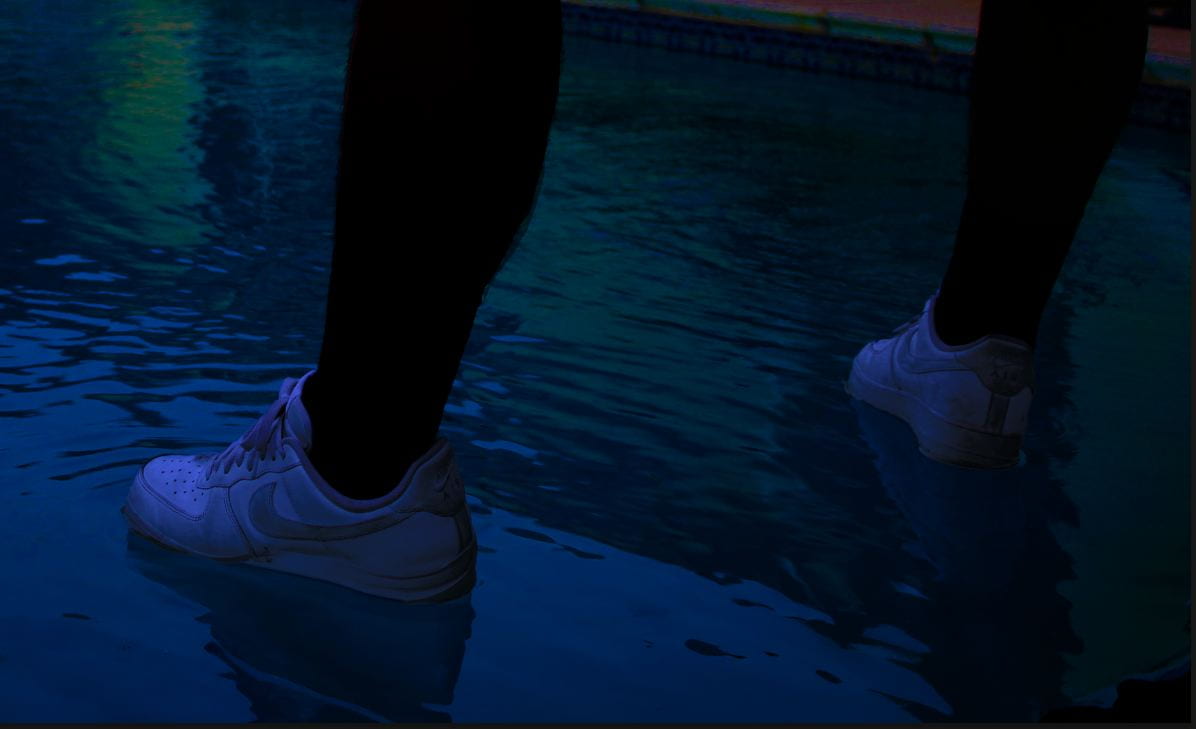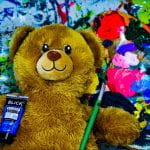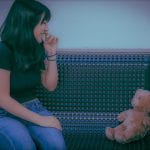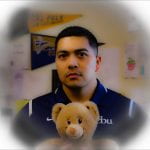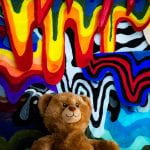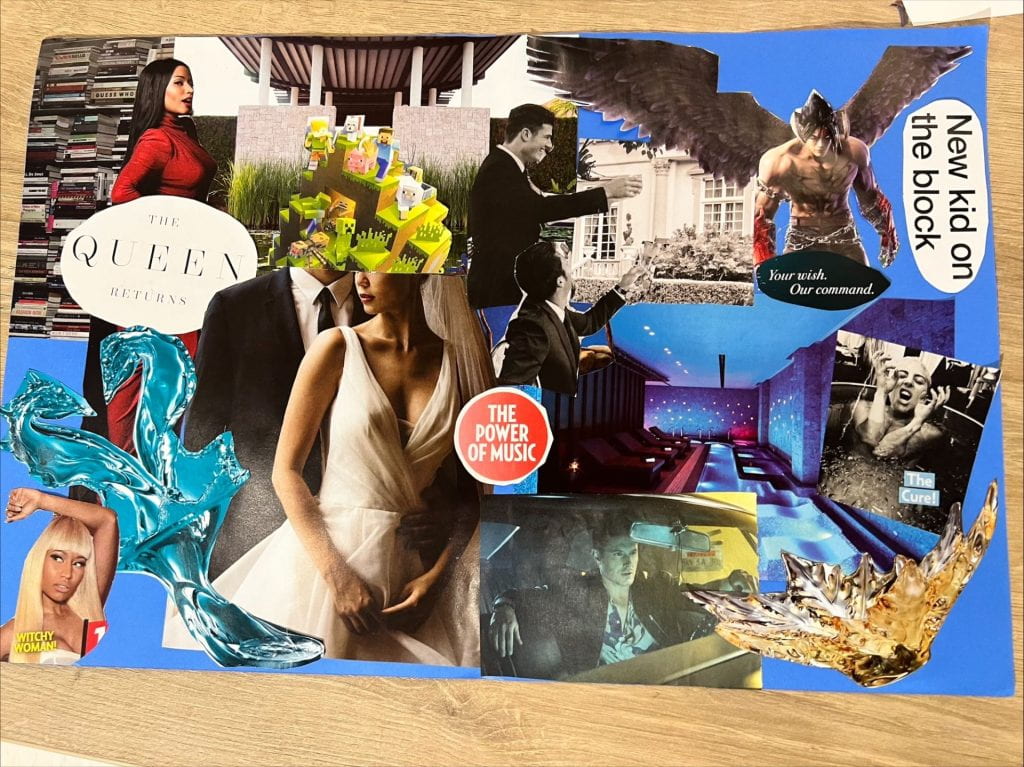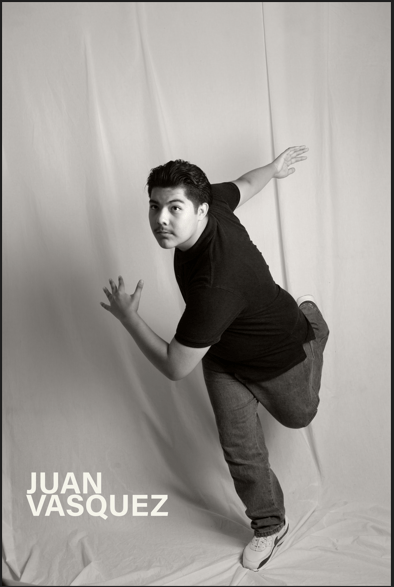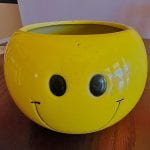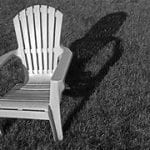IMAGE TRANSFER ON WOOD
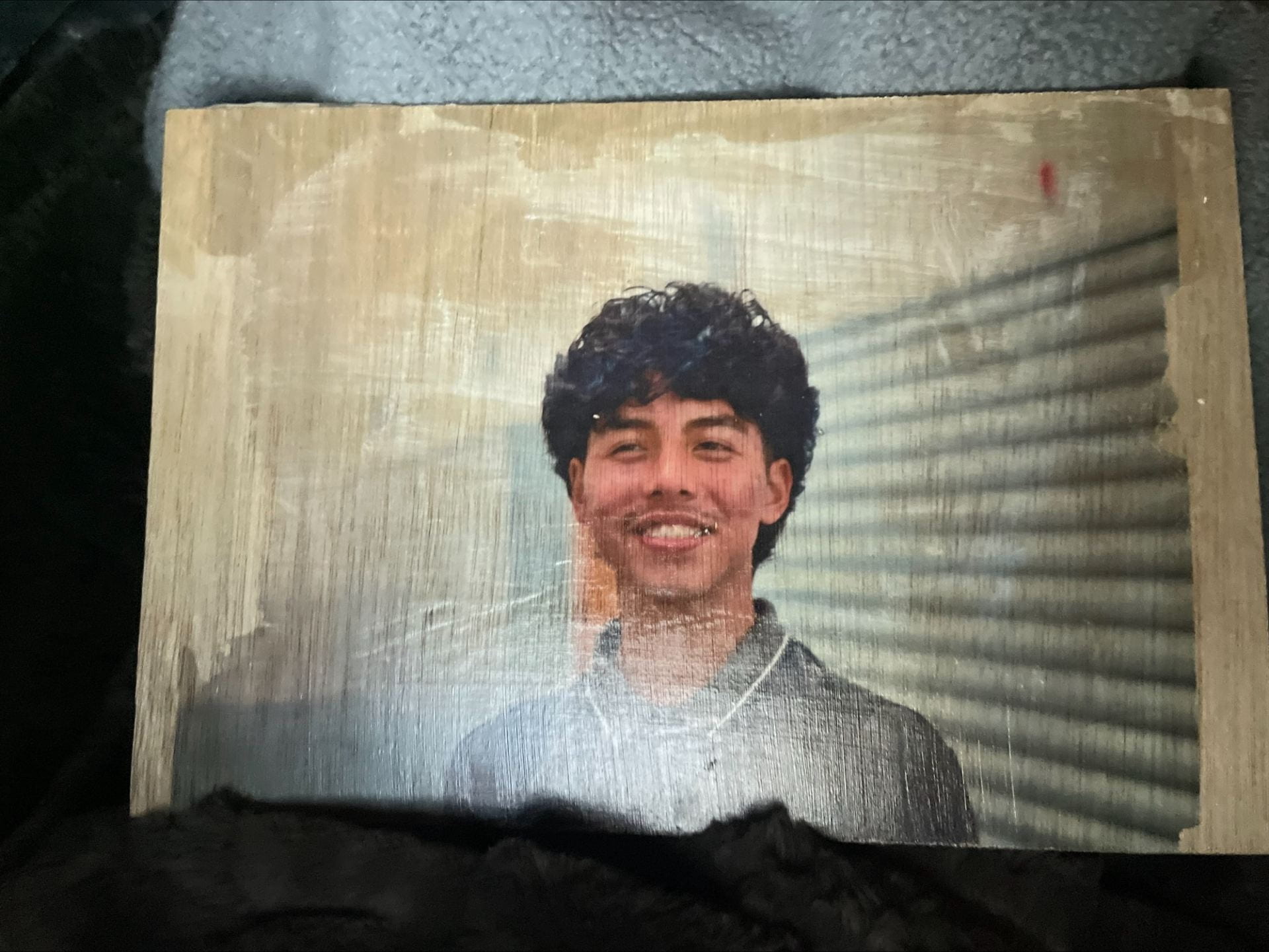
ACTIVISM IN ART
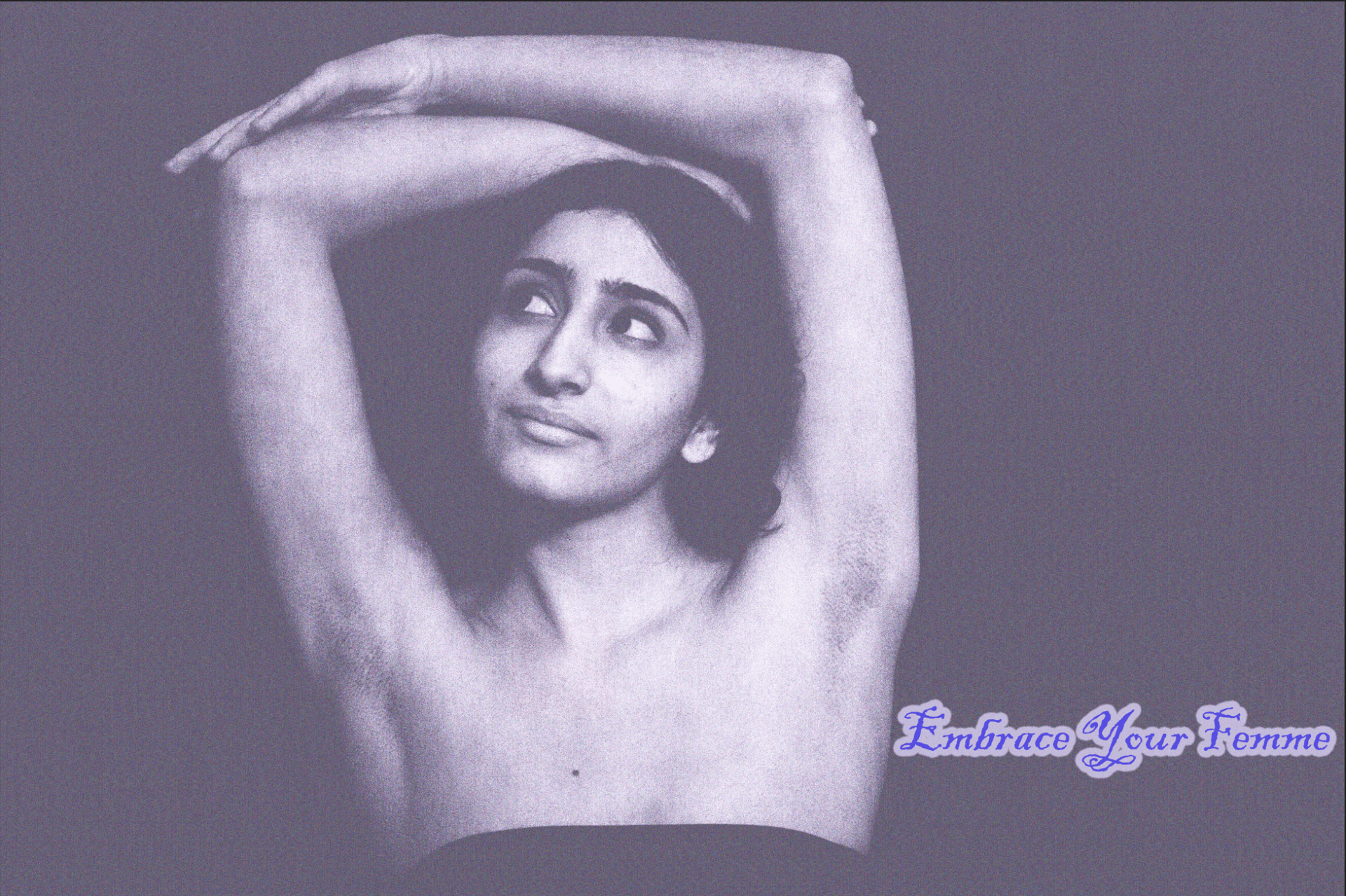
ALBUM COVER
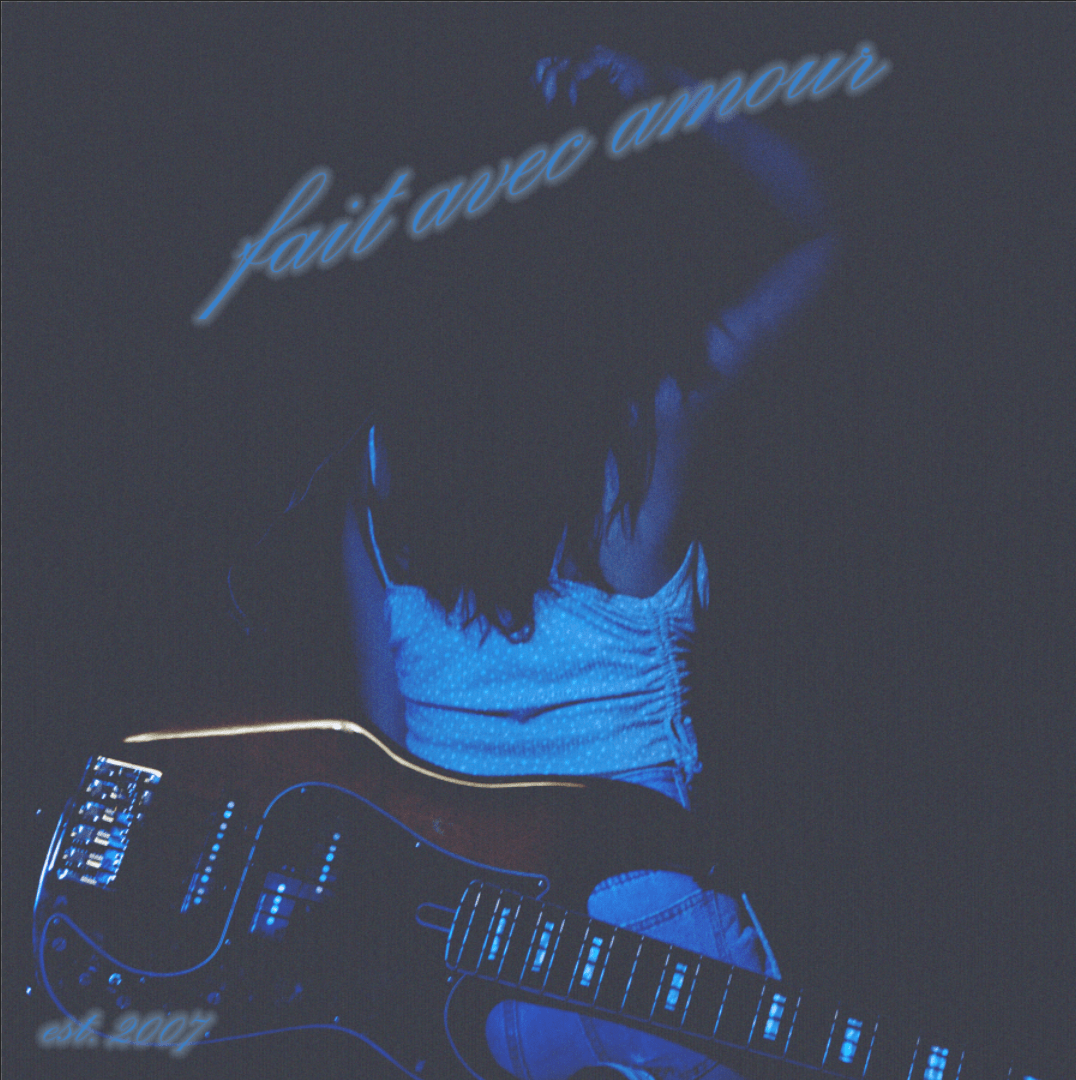
2 IMAGES
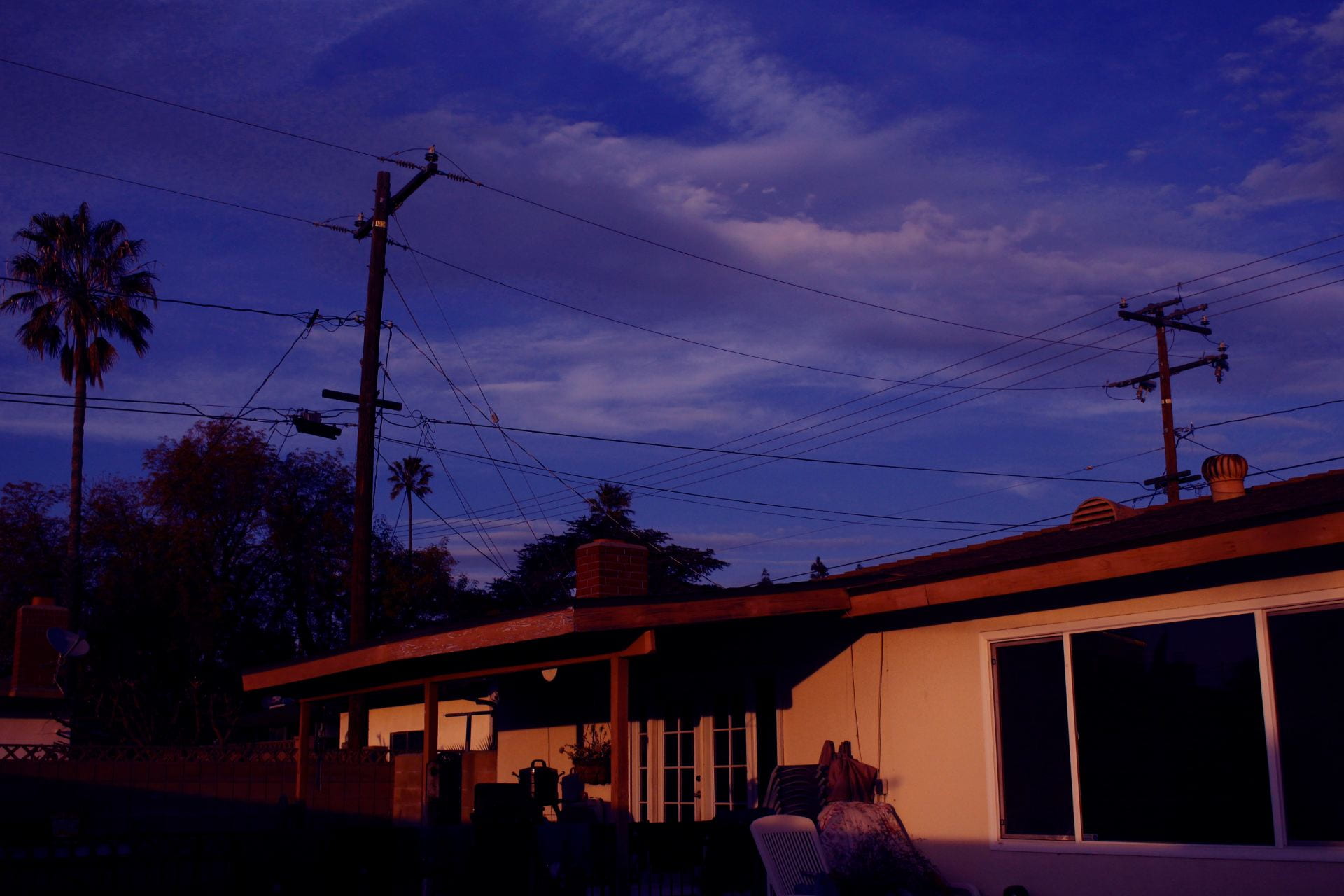
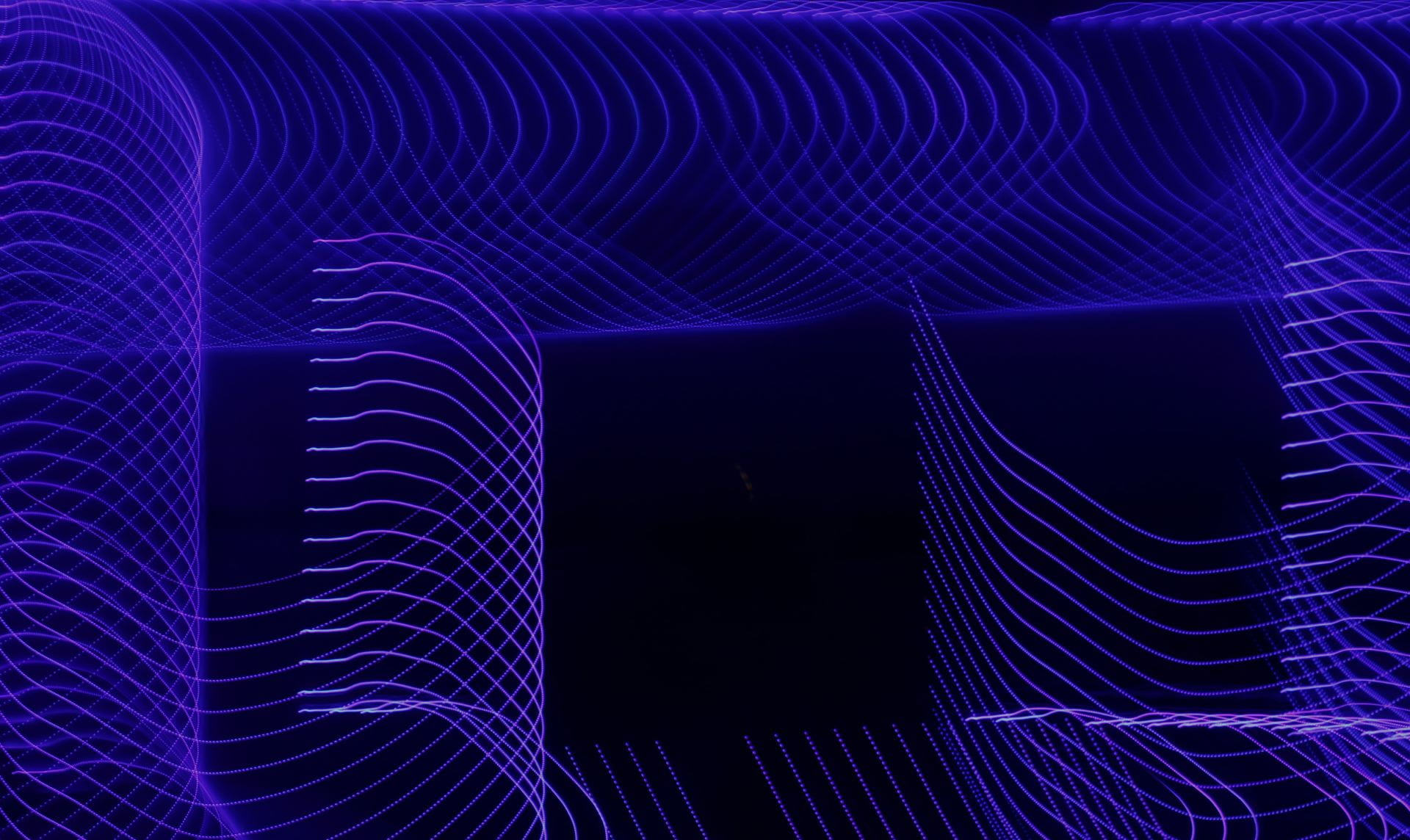
EXHIBIT SIGN
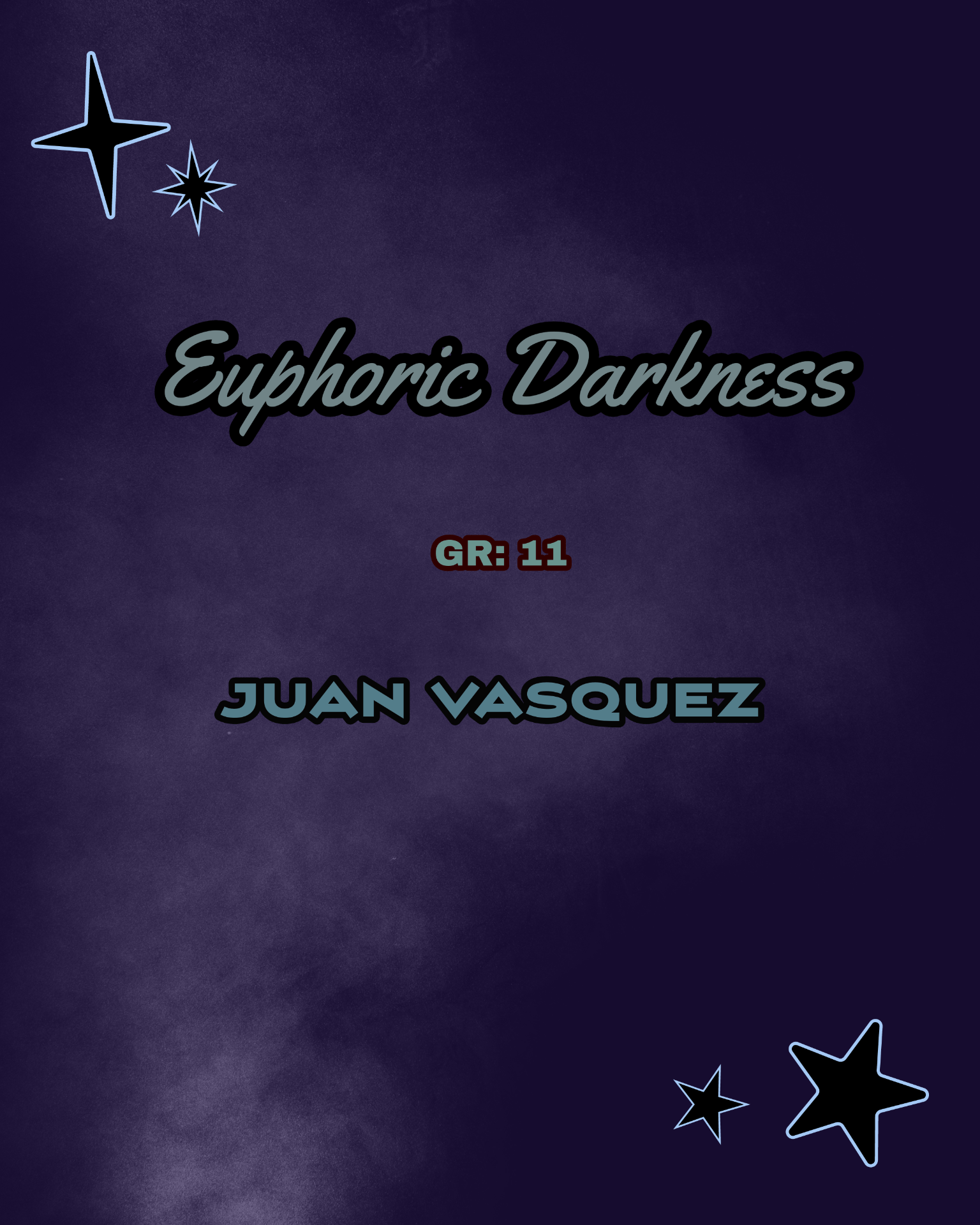
TWO MORE IMAGES
MY TWO NEW IMAGES
PHOTOS THAT INSPIRE ME.
My Chicano Art Journey: Part One – by Ricardo Romo, Ph.D (substack.com)
Artist: Oscar Castillo.
Oscar Castillo captures such a hometown-esque photo that shows comfort with the colors and the location. This is inspiring because it made me have a reaction, which I want to do with my photos.
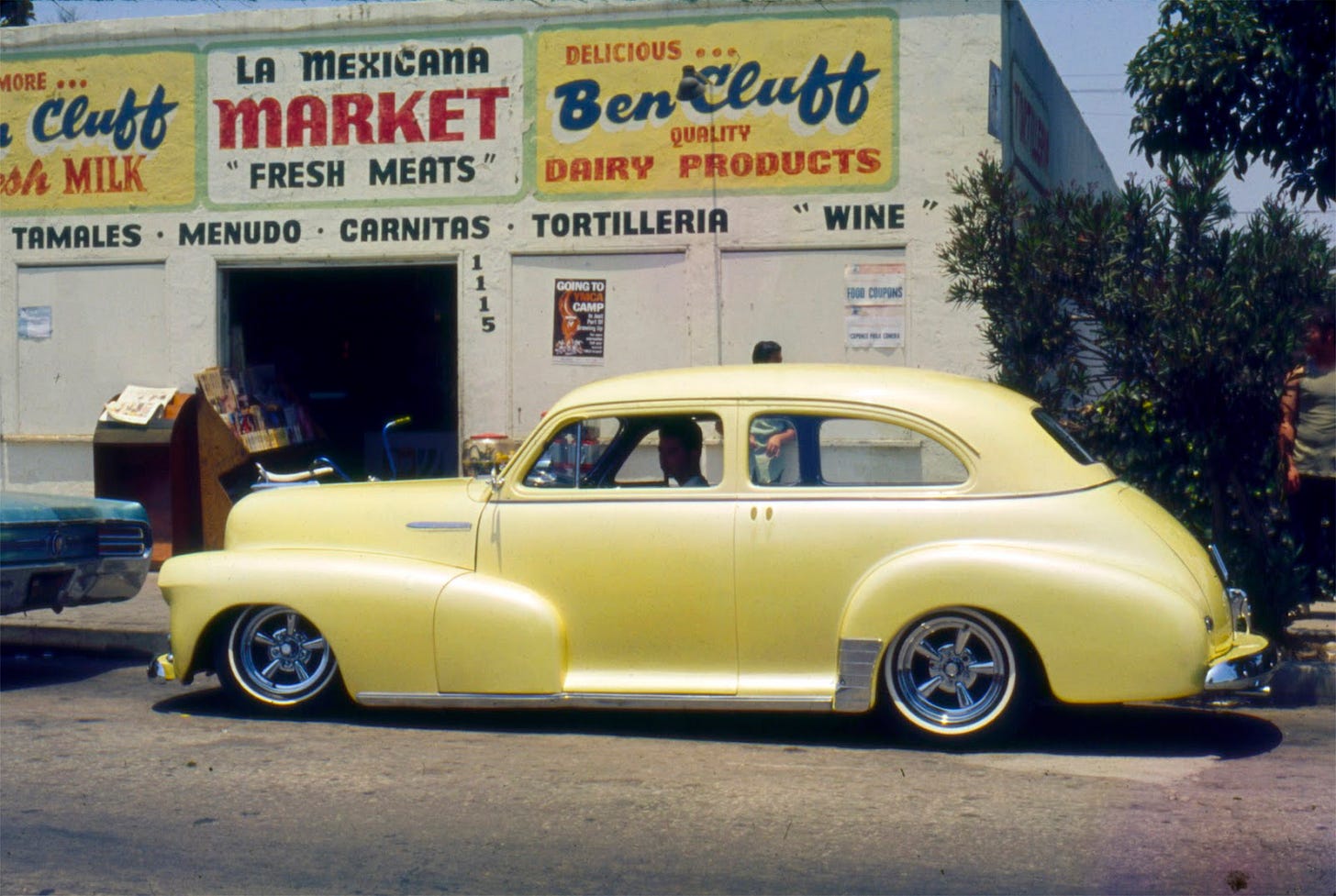
Pink Floyd, Dark Side of the Moon Album Cover, 1973 | San Francisco Art Exchange (sfae.com)
Artist: Storm Thorgerson
This photo is inspiring because of how powerful it is in the sense that it shows the contrast of light to darkness. This is an album cover which perfectly embodies the music. I want to have powerful photos.

Meet Maryland Crooner Brent Faiyaz In The Autumn Issue | Wonderland (wonderlandmagazine.com)
Artist: Brent Faiyaz, Shot by Converse
The nonchalant mood emitted from this picture is inspiring because it reminds me of a gloomy day. Also, I wanted to work on low key and blue colored photography. The car and the man gives isolation.

BLOOD IN BLOOD OUT – © JOHANNES SPIEGLER
Artist: Benjamin Bratt
There is a vintage vibe from this photo that is inspiring to because I am a part of this culture and it makes me feel proud to be a part of it. I like the style of clothing and aesthetic.

‘¡Murales Rebeldes!’: These Disappearing LA Murals Mirror Their Community | WBGO
Artist: East Los Streetscapers
It is very inspiring to see the artists in front of their work, and this mural is inspiring because it is obvious there is a correlation to their lifestyle to the mural.

SCREEN PRINTING
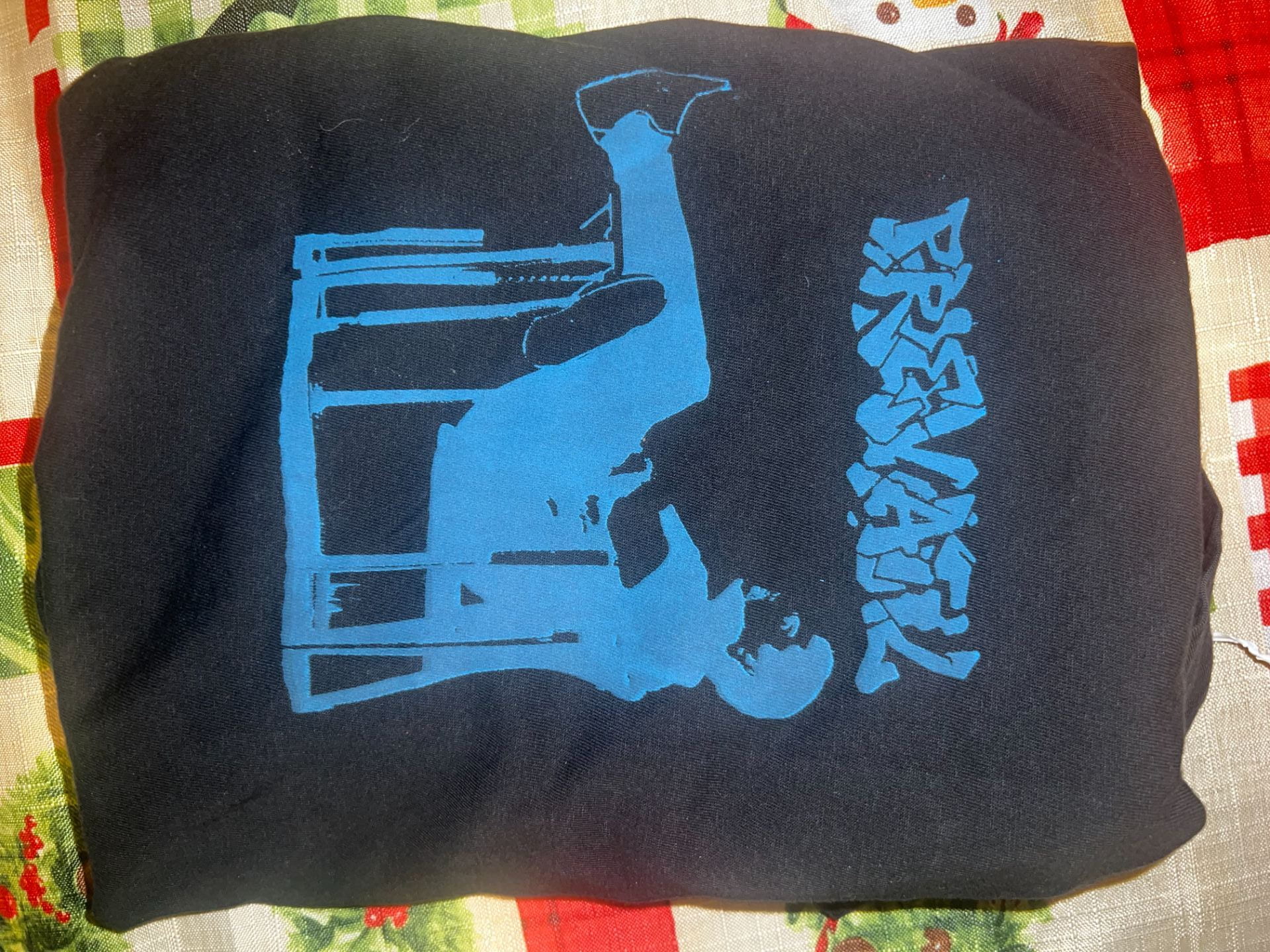
PERSONAL PROJECT FINAL PIECES
BLOCK PRINTING
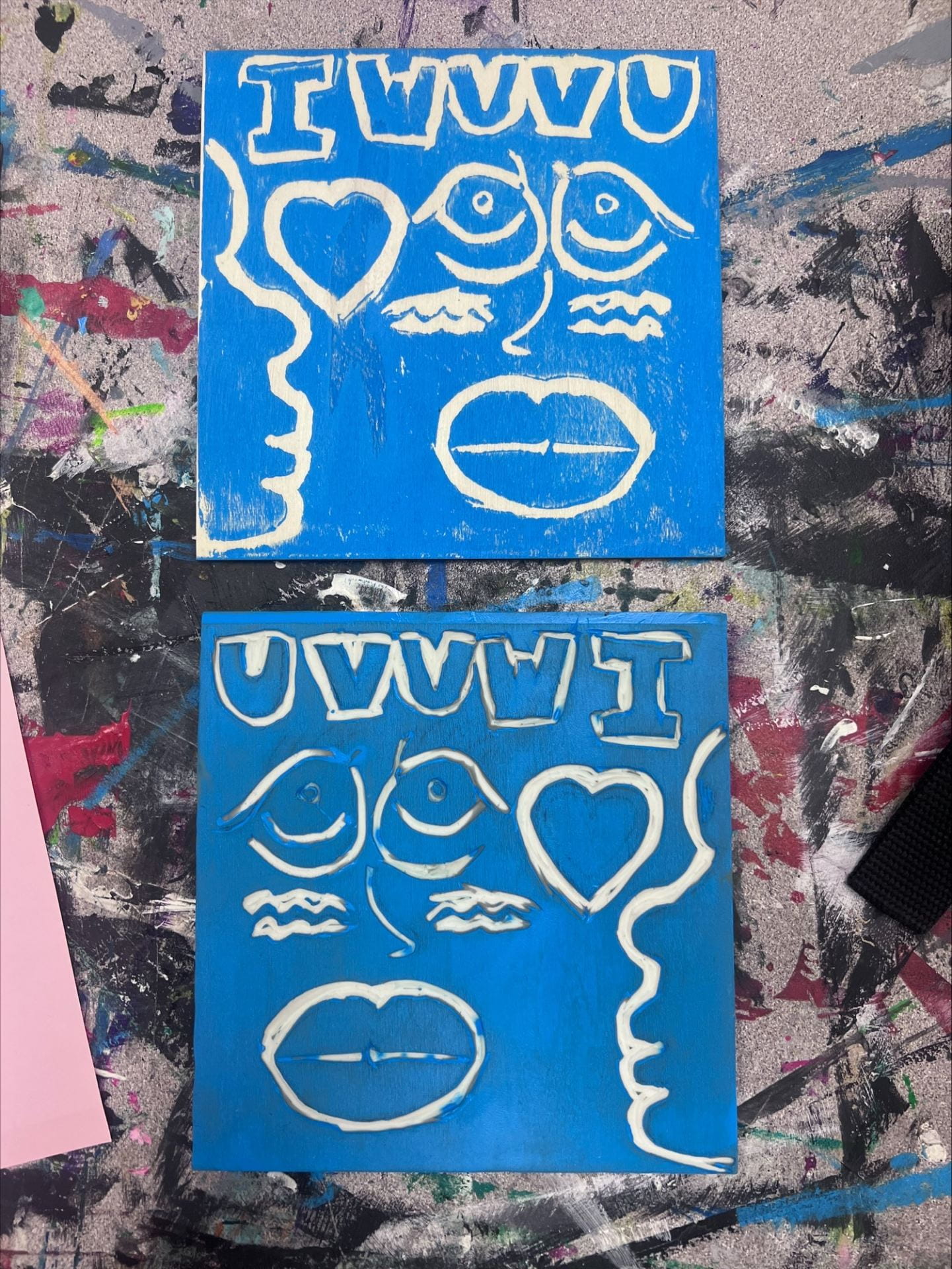
BODY SHAPE FORM!
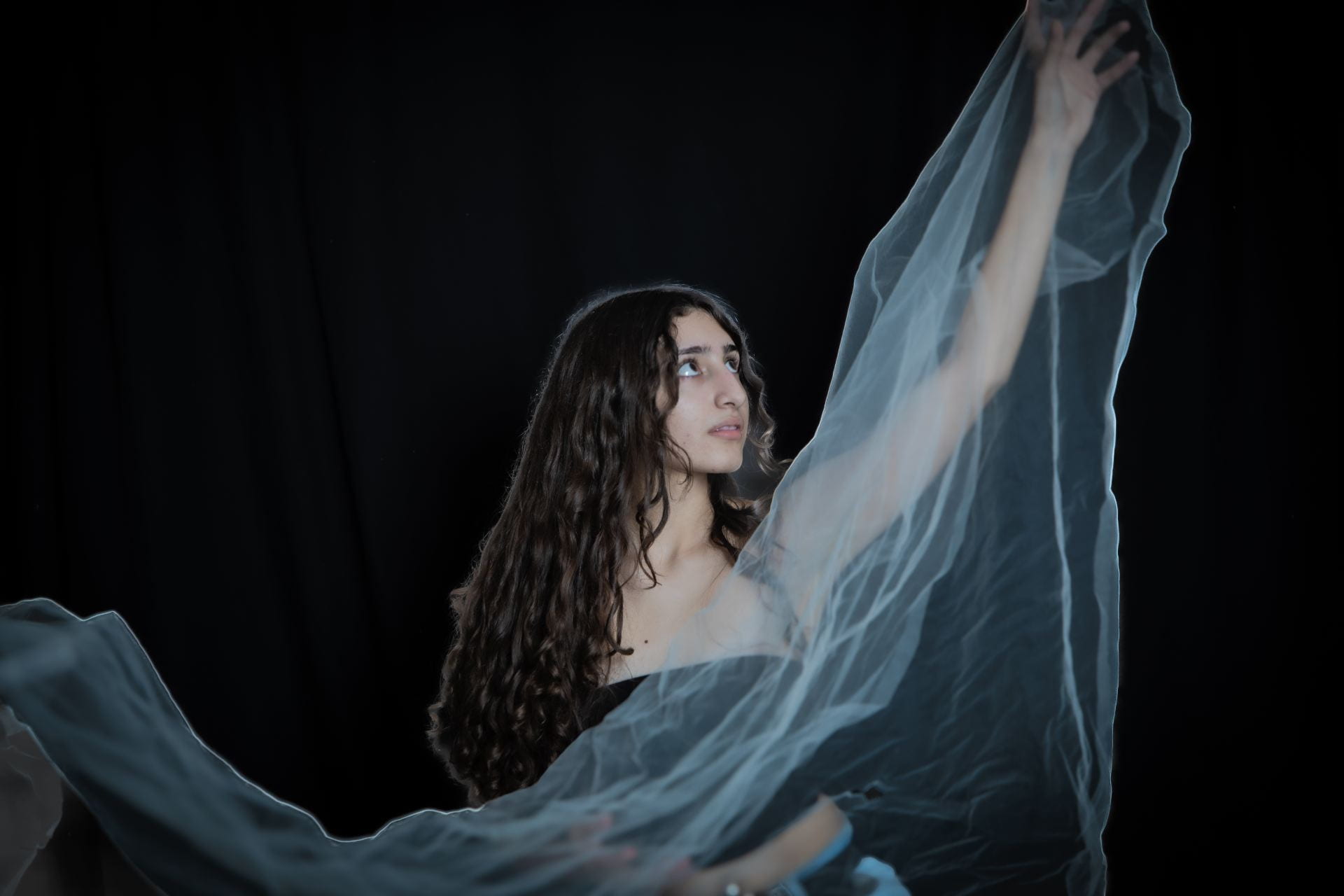
SAME SUBJECT PHOTOS ASSIGNMENT
PHOTO COLLAGE
Artist Statement:
Self-identity is something so subjective in today’s society, for how does one identify oneself without basing it on the standards of the world we live in? My piece collage titled “Is This Who I Am?” represents both the peace and the chaos that resides within me. The bursts of images contrast the light and dark, the day and night, the good and bad that define me. This piece is me coming forward without fear of who I am, for these are the things I like. I enjoy the light and dark parts of me; these two sides of me interconnect to display what you see in front of you. I might not be understood with this piece, but with this I can say I have found my identity, I understand it.
PHOTO RECREATION
Inspiration:
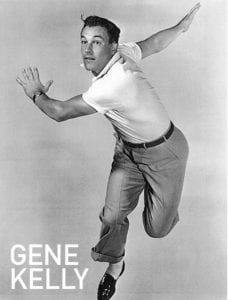
Final Product:
CYANOTYPES
First Trial:

Second Trial:
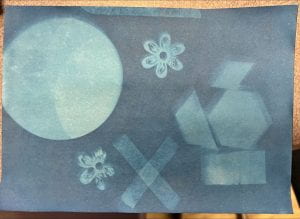
ARTISTS TO RESEARCH FOR COMPARATIVE STUDY
Irving Penn
– Medium: Fashion and portrait photography.
– Style: known for his fashion photography, portraits, and still lifes.
-Opinion: It seems Penn’s work has an aspect of showing parts of something to make it feel whole. The fashion and portraits are very fresh, and some of his other pieces look like a PSA for something, it has message.
Claude Monet
-Medium: Oil paintings
-Style: Impressionistic with his naturism rebel-ness to the norms of painting.
-Opinion: Very pleasing looking work, a sense of comfort in the scenery of nature. Interesting because of their individual meanings and choices of color.
William Eggleston
-Medium: Color Transparency
-Style: Focuses on textures and naturism or whatever the atmosphere is.
-Opinion: I love the vintage look his photos have that add a sense of emotion to them. The aura of the atmosphere is shown, and the color transparency is interesting.
Emmet Gowin
-Medium: Portraits and Landscapes
-Style: Photo element used is a lot of value and picture always has a subject.
-Opinion: I like the stories told through these photos, especially since they mainly consist of Gowin’s wife. There is a sort of unusual feeling within these photos, but it makes me feel an emotion.
Yousuf Karsh
-Medium: Portrait photography
-Style: Known for his portraits of notable individuals that impacted history or are well known.
-Opinion: It was almost unbelievable that someone captured pictures of numerous famous people, it was interesting to see. The viewers get to see a side of people we are not used to seeing.
Dorthea Lange
-Medium: Portrait, modernism, photojournalism
-Style: Has dramatic, old-timey look to her photos which hold significance in history.
-Opinion: At first glance, Lange’s photos hold lots of feeling through her subjects, but knowing background info (shot during Great Depression), it has more impact. Very powerful.
Robert Mapplethorpe
-Medium: Black and White, Portraits (including self), Still-life
-Style: Shot lots of male and female nudity, stirred up controversy in the photo world.
-Opinion: When I first saw Robert’s photos, initially I was shocked because it was something unexpected, but still powerful in a way. Especially because it was controversial, it meant he wanted to normalize homosexual or any type of sexual relationships.
Timothy O’ Sullivan
-Medium: Moving subjects, landscapes
-Style: Known for his warfare pictures, catching moments in the American Civil War. Also known for his beautiful captures of landscape in America.
-Opinion: I think it is vital to capture important moments in history, and Sullivan successfully did that. His work is impactful, but also has awe-factor in his naturism.
Albert Gleizes
-Medium: Cubism Painting
-Style: Cubistic features of architecture, explosions of color in his work.
-Opinion: It was nice to see a cubist artist other than Picasso, because now I can say they all don’t look the same. I loved the splashes of color in his work.
Erro
-Medium: Pop Art
-Style: His pop art is known to be in collages, full of color and characters.
-Opinion: Erro’s art reminds me of He-Man characters, or any retro cartoons all mixed together, however feels complete. Once again, I love color.
MY SURREALISM PRODUCT:
INSPIRATION FOR SURREALISM ASSIGNMENT:
I chose this photo as inspiration for my product because I essentially liked the idea of the art of multiplicity, which is many of one thing or person in a piece. I like how this artist conveyed a sense of normalization in a photo because of the fact that there are people in a library doing different tasks any human would do. However, you analyze it to see it is the same person. What makes this surreal is because we see the setting of a library, which is a real place, and a man, who is real, but the photographer uses that to add something unrealistic. We wouldn’t see this many of the same person exist in the world. I think what the photographer was trying to tell the audience is that this is what goes on in their mind; a full mind of thinking that doesn’t stop when it comes to doing something they have to.
MY ELEMENTS OF ART & COMPOSITION
ELEMENTS OF ART & COMPOSITION EXAMPLES
READ AND WRITE REVIEW
- What are aperture, shutter speed and ISO?
Aperture in photography controls the size of the lens opening. A small aperture lets in less light and leads to a darker image, while a larger one can flood the sensors with light. Shutter speed is the length of time the camera shutter is open while the camera takes a photo. A fast shutter speed creates a shorter exposure — the amount of light the camera takes in, while a slow shutter speed gives the photographer a longer exposure. ISO is the sensitivity of the sensor to light. As you increase your ISO number, your photos will grow progressively brighter. These three are the pillars of photography.
- When would you need to change your ISO?
You would need to change your ISO based on the lighting conditions surrounding you. You use a higher ISO where there is little light so you can capture more light, but also brings in noise. A lower ISO is for highly lit areas, so the picture doesn’t look harsh.
- What is aperture and shutter priority settings?
Aperture priority setting lets you control the aperture (which affects depth of field and amount of light entering the lens) and the camera chooses the appropriate shutter speed for you. Shutter priority setting lets you control the shutter speed (which affects motion blur and duration of exposure) and the camera chooses the appropriate aperture for you.
- What are AF modes and how do you change them?
AF modes are Autofocus modes that determine how the camera focuses on the subject. You can change them through your camera’s settings. Common modes include Single-Servo AF (focuses once) and Continuous-Servo AF (tracks moving subjects).
- Why do you need to meter the light to get the right exposure?
By metering the light to get the right exposure, you are setting the camera to have the right brightness in a picture. This is where the aperture, ISO, and shutter speed come into play. You don’t want your picture to be too dark or too bright.
- What is the difference between a normal, wide angle and telephoto lens?
In general terms, these angles are based on focal length. Normal lenses closely replicate the field of view and distances we can see with our naked eye. Wide angle lenses have short focal lengths and capture more of your scene, but aren’t as “close” to your subject. Telephoto lenses have long focal lengths and offer greater magnification of your subject. When you use a telephoto lens, the subject should appear closer than what your eye would see.
- What is white balance and why would you need to change it?
White balance adjusts the color temperature of your photos to accurately represent colors under different lighting conditions. You might need to change it to prevent color casts caused by different light sources. You can adjust it manually or set to the environment around you.
- What is depth of field and what is the difference between shallow and good?
Depth of field is the range of distance in a photo that appears sharp. Shallow depth of field (smaller aperture) blurs the background, emphasizing the subject. Good depth of field (larger aperture) keeps more of the scene in focus.
- What are drive modes and metering modes?
Drive modes refer to how the camera captures multiple images in succession, like continuous shooting. Metering modes determine how the camera evaluates light for exposure.
- What is exposure compensation?
Exposure compensation is a camera setting that allows you to adjust the exposure indicated by a photographic exposure meter. It lets you override the camera’s exposure choices in order to darken or lighten an image. It gives you full control over the exposure and the resulting image.
